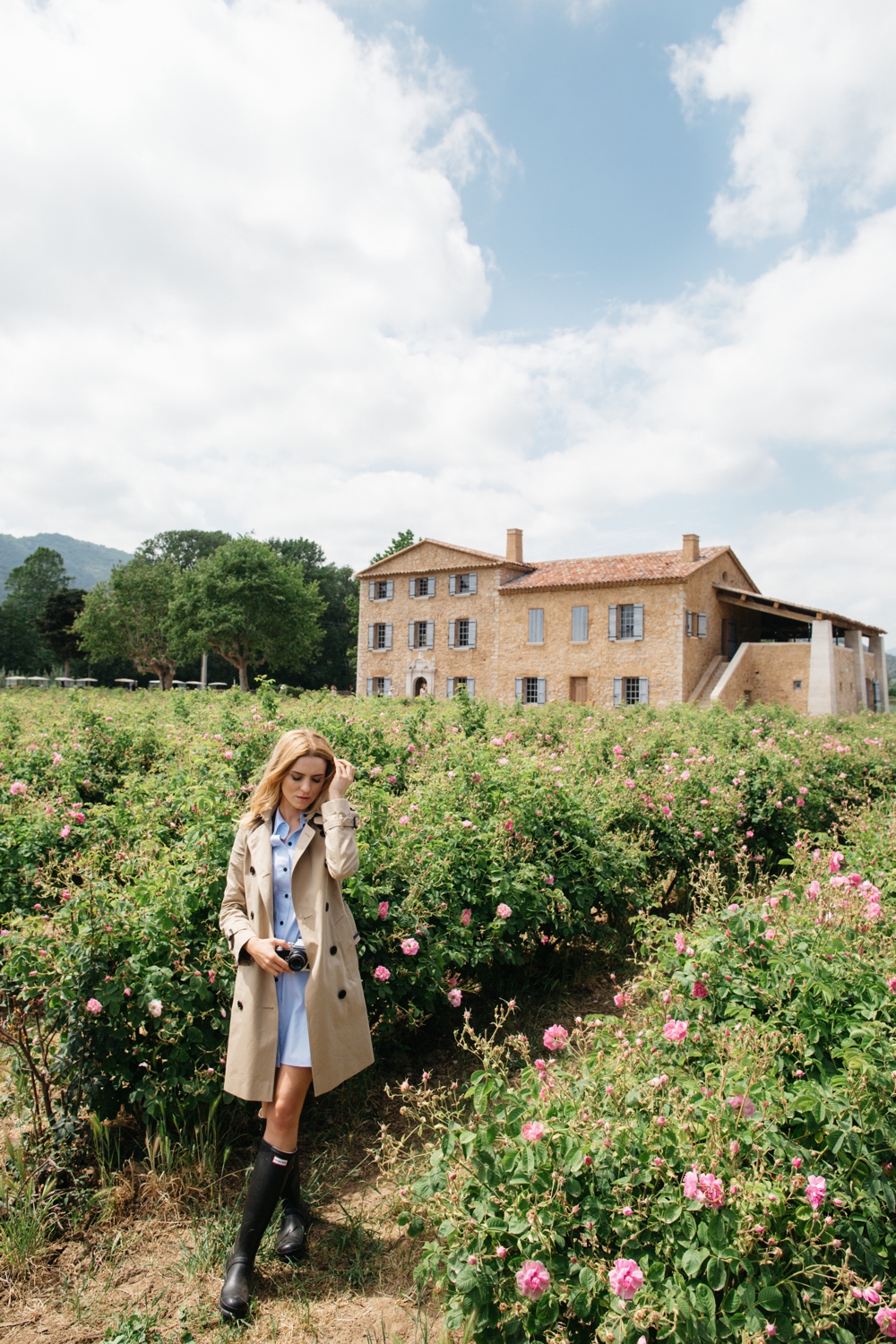
The source of almost each legend hides some kind of secret, and the place in which these legends originate are usually difficult to access, slightly mysterious, characterised by a peculiar aura of mysticism around them as well as by the smell of nature and the past. You can find many of such places in the southern part of France, for example in the near vicinity of the 18th-century Grasse, to be more precise, in a house made of light stone surrounded by fields of cabbage roses – especially adored by prominent perfumers, the real masters of scents. This is where the story of Chanel Nᵒ5, a universal synonym for luxury, begun in 1921.
It was then that Ernest Beaux, a Frenchman born in Moscow, created ten different scent compositions in his laboratory from which Coco Chanel chose the fifth sample. Since that moment, and already almost one hundred years have passed, Chanel Nᵒ5 has remained an unsurpassed symbol of a better and fairy-tale world, whereas the story of the creation of the fragrance has given rise to numerous versions and suppositions, which are either more or less true.
Thus, when Chanel offered me to prepare an article on the most famous perfume in the world and invited me to the place of its origin, I instantly knew that something incredible and unavailable to a mere mortal awaits me.
Actually, I had the impression as though everything was a great secret from the very beginning of my trip – apart from an incident at the airport in Nice where I fatally came across a group of paparazzi from Poland waiting for Blake Lively, who had been already on her way to the festival in Cannes. I don't know who was more surprised – them or me. I was stunned for a moment. Then, I took a desperate attempt to flee, which was, of course, a failure, and finally, I was able to reach my car and breathe a sigh of relief. I thought that it could only get better and focused on admiring Provençal landscape.
When I arrived at my hotel room (Le Mas De Pierre), I found the main reason for the whole commotion on my bedside table – a bottle of Chanel Nᵒ5. For the last couple of years, the perfume – namely the Premiere edition – has accompanied me almost every day. Thus, I had a premonition that the new formula will suit my taste as well. A second after, there was an incredible soapy floral scent wafting in the whole room. It was slightly fresher than the one I had known thus far. I was about to discover all of the mysteries of its origin on the following day.
I woke up right before my alarm clock, which is quite untypical of me; I usually need two snoozes on my mobile phone to open one eye and then three more to open my other eye. I slid apart the mosquito nets around the bed (when I saw them the previous day, they immediately reminded me of the scorpions entering through the window of a room belonging to the protagonist of "A Good Year" – due to the fact that these are the same regions, I decided to use the nets and refrain from opening the window for the night just in case – you can never be too careful). It was supposed to rain that day. I ran to the window, and I saw with relief that the rising sun is breaking through the clouds so the light for taking photos would be pretty good.
After a quick shower, without even thinking, I took the clothes that I prepared for that day out of my suitcase. As you probably remember, I try to respect many of Coco Chanel's rules concerning style. The famous fashion designer used to say that "fashion essentially starts with overly beautiful things only to attain and appreciate simplicity over time." Keeping that it mind, I packed clothes which are mostly classic and appropriate for the situation. Due to the fact that the trip plan involved mostly the sightseeing of rose fields, I put on a blue shirt dress (pieces borrowed from a man's wardrobe are a symbol of Coco's style), a pair of rain boots (even when it comes to a trip to "Chanel's fields" no other type of shoes would be suitable here and, as it later turned out, I wasn't the only person with such an opinion), and a trench coat which I always take with me everywhere. On my neck, I had the most important thing of all – my camera.
After a 30-minute car ride, I arrived at a place where I was supposed to learn the secrets of manufacturing process of Chanel Nᵒ5. Among the rose fields stood the already mentioned house made of light stone, and there was a tall, slim black-haired man standing in front of it. It was Olivier Polge called, as it later turned out, Chanel’s "nose." It was unnecessary to search for long to appreciate our hosts' concern for each minute detail at their home as well as the space around it. Everything around – from the white bicycles in front of the entrance, to a small square used for playing boules, to a table and deckchairs – looked as if it came from a film whose plot was taking place in the times of the Belle Époque.
However, our hosts didn't let me enjoy the view for too long. The roses used in the perfume manufacturing process can be only gathered early in the morning; thus, there was not much time left. I received an apron with a special pocket and an instruction to gather the largest possible number of flowers. The ones growing in the near vicinity of Grasse are commonly considered to be exceptional. An exclusive product starts with good-quality materials; therefore, the roses used in the manufacturing process of the famous fragrance cannot be just of any kind. The production of Chanel Nᵒ5 requires the use of Rosa centifolia (the cabbage rose). These bloom only for three weeks in a year. The flowers are picked extremely carefully to avoid crushing the petals. Even such minute details have an impact on the quality of the future perfume. Therefore, the use of any machines during the gathering is out of the question. Afterwards, small sacks made of fabric are used to transport the flowers to the place where the extract is obtained.
The manufacturing plant where it is produced can be found in the near vicinity of the place. The production of the extract is a real race against time, as the fragrances occurring in nature, especially floral ones, are extremely volatile. The distillation process is essential to capture them and elongate their durability. Fresh flowers are placed in a special distilling tank. After a couple of hours, pure rose essence with a very intense scent is obtained.
The proportions in which all the ingredients are later combined (among other things – jasmine extract) are one of the brand's best-kept secrets – the exact formula is said to be known only by three people in the world. One of them is Olivier Polge, whom I had the pleasure to meet (the author of, among other fragrances, Chance Chanel Eau Vive as well as Chanel Boy). It was his father, Jacques Polge, who deemed the roses grown on the fields in the near vicinity of Grasse perfect. He established a co-operation with the Mul family, who has been involved in flower cultivation in this region for five generations.
After the meeting with the family patriarch, Joseph Mul, I quickly sat in a deckchair to write down all of the most important information. Here is what I was able to memorise:
1. We need as many as three hundred and fifty roses to gather one kilogram of these flowers.
2. We need as many as four hundred and fifty kilograms of flowers to prepare one kilogram of perfume essence.
3. A 30-millilitre bottle of Chanel Nᵒ5 contains extract from twelve cabbage roses gathered in Grasse.
***
A couple of hours later, when it was time to go home, I cast a last glance in the direction of the fields. I saw how my humble crop of roses was placed in a sack containing all of the flowers that had been gathered throughout the day. Thus, if you happen to buy Chanel Nᵒ5 next year, the likelihood exists that the perfume bottle will contain the extract from the roses that I gathered myself.
Źródła każdej niemal legendy skrywają jakąś tajemnicę, a miejsca ich narodzin są zazwyczaj trudno dostępne, trochę zagadkowe, owiane swoistą aurą mistycyzmu i zapachem natury i przeszłości. Takich miejsc znajdziecie sporo na południu Francji, na przykład nieopodal XVIII-wiecznego miasteczka Grasse, a ściślej mówiąc, w domu z jasnego kamienia, otoczonym przez pola róż stulistnych – szczególnie ulubionych przez wybitnych perfumiarzy, prawdziwych mistrzów zapachu. To tu, w 1921 roku, rozpoczęła się historia Chanel Nᵒ5 – uniwersalnego synonimu luksusu.
Właśnie wtedy Ernest Beaux, urodzony w Moskwie Francuz, stworzył w swoim laboratorium dziesięć różnych zapachów, spośród których Coco Chanel wybrała ten z numerem pięć. Od tej chwili, a minęło już prawie sto lat, Chanel Nᵒ5 pozostaje niedoścignionym symbolem, lepszego, bajkowego świata, a historia stworzenia tego zapachu doczekała się niezliczonych wersji i domysłów, mniej lub bardziej prawdziwych.
Kiedy więc Chanel zaproponowało mi napisanie artykułu o najsłynniejszych perfumach świata i zaprosiło do miejsca ich narodzin, wiedziałam od razu, że czeka mnie coś niezwykłego i niedostępnego dla zwykłego śmiertelnika.
I faktycznie, już od początku wyjazdu miałam wrażenie, jakby wszystko odbywało się w wielkim sekrecie. Pomijając incydent na lotnisku w Nicei, gdzie pechowo trafiłam na grupkę paparazzi z Polski, czekających na Blake Lively, która jechała właśnie na festiwal w Cannes. Nie wiem kto był bardziej zdziwiony – oni, czy ja. Osłupiałam na chwilę, później podjęłam rozpaczliwą i oczywiście nieskuteczną próbę ucieczki, aż wreszcie trafiłam do mojego samochodu i odetchnęłam z ulgą. Teraz może być już tylko lepiej, pomyślałam, i skupiłam się na podziwianiu krajobrazów Prowansji.
Gdy znalazłam się w moim pokoju hotelowym (Le Mas De Pierre) na nocnym stoliku czekał już bohater całego zamieszania: flakon nowego zapachu Chanel Nᵒ5 l'Eau. Przez ostatnich kilka sezonów perfumy te (również w wersji Premiere) towarzyszyły mi prawie codziennie, więc miałam przeczucie, że nowa formuła przypadnie mi do gustu. Sekundę później w całym pokoju unosił się już niepowtarzalny, mydlano-kwiatowy zapach, nieco świeższy niż ten, który znałam do tej pory. Następnego dnia miałam odkryć wszystkie tajemnice jego powstawania.
Obudziłam się tuż przed dzwonkiem budzika, co w moim przypadku jest dosyć nietypowe; zwykle potrzebuję jeszcze dwóch drzemek w telefonie, aby otworzyć jedno oko, a potem jeszcze trzech, aby otworzyć drugie. Rozsunęłam moskitierę wokół łóżka (gdy zobaczyłam ją poprzedniego dnia wieczorem, od razu przypomniały mi się skorpiony wchodzące przez okno do pokoju głównego bohatera filmu "Dobry rok", a że to te same rejony, to na wszelki wypadek postanowiłam jej użyć i nie otwierać okna na noc – ostrożności nigdy za wiele). Na ten dzień zapowiadano deszcz. Podbiegłam do okna i z ulgą stwierdziłam, że wschodzące słońce przedziera się przez chmury, więc światło do zdjęć zapowiadało się całkiem nieźle.
Po szybkim prysznicu bez namysłu wyciągnęłam z walizki przygotowane na ten dzień rzeczy. Jak pewnie pamiętacie, wiele głoszonych przez Coco Chanel zasad dotyczących stylu, staram się respektować. Sławna projektantka zwykła mawiać, że "w modzie zasadniczo zaczyna się od rzeczy przesadnie pięknych, aby z czasem osiągnąć i docenić prostotę". Idąc tym tropem, do mojej walizki zapakowałam przede wszystkim rzeczy klasyczne i adekwatne do sytuacji. A ponieważ plan wyjazdu przewidywał głównie zwiedzanie pól różanych, to włożyłam niebieską sukienkę o koszulowym kroju (zapożyczenia z męskiej szafy to przecież symbol stylu Coco), kalosze (nawet „na pola Chanel” żadne inne buty by się nie nadawały, i jak się zresztą okazało, nie byłam odosobniona w swojej opinii) i trencz, który biorę ze sobą zawsze i wszędzie. Na szyję nałożyłam rzecz najważniejszą – mój aparat.
Po półgodzinnej podróży samochodem dotarłam do miejsca, w którym miałam poznać tajemnice produkcji Chanel Nᵒ5. Wśród pól różanych wznosił się wspomniany już dom z jasnego kamienia, a przed jego wejściem stał wysoki, szczupły brunet. Był to Olivier Polge, zwany, jak się potem okazało, „nosem” Chanel. Nie trzeba było się specjalnie rozglądać, aby docenić dbałość gospodarzy o każdy szczegół domu i tego, co go otaczało. Wszystko wokół, od białych rowerów ustawionych przed wejściem, przez placyk do gry w bule, aż po stoliki i leżaki, wyglądało jak z filmu, którego akcja rozgrywała się w czasach belle époque.
Nie pozwolono mi jednak zbyt długo napawać się tym widokiem. Róże do produkcji perfum można zbierać jedynie wczesnym rankiem, czasu zostało więc niewiele. Otrzymałam fartuch ze specjalną kieszenią i polecenie, aby zerwać jak największą liczbę kwiatów. Te rosnące w okolicach Grasse powszechnie uważa się za wyjątkowe. Ekskluzywny produkt zaczyna się od dobrej jakości materiałów, dlatego do stworzenia słynnego zapachu potrzebne są nie byle jakie róże. W produkcji Chanel Nᵒ5 wykorzystuje się te z gatunku stulistnych (centyfolia), które kwitną tylko przez trzy tygodnie w roku. Kwiaty zrywane są bardzo ostrożnie, aby płatki nie zostały zgniecione, bo nawet takie drobiazgi mają później wpływ na jakość perfum. Udział maszyn w zbiorach jest więc wykluczony. Następnie, w niedużych materiałowych workach kwiaty przewożone są do miejsca, w których powstaje ekstrakt zapachu.
Fabryka, w której jest wytwarzany, znajduje się w pobliżu. Produkcja ekstraktu to prawdziwy wyścig z czasem, ponieważ zapachy występujące w naturze, zwłaszcza kwiatowe, są niezwykle ulotne. Aby je uchwycić i wydłużyć ich trwałość, niezbędny jest proces destylacji. Świeże kwiaty umieszczane są w specjalnym zbiorniku destylującym. Po kilku godzinach powstaje czysta esencja różana o bardzo intensywnej woni.
Proporcje w jakich łączone są później wszystkie składniki (między innymi ekstrakt z kwiatów jaśminu) należą do najbardziej strzeżonych tajemnic marki – podobno dokładną recepturę zapachu znają jedynie trzy osoby na świecie. Jedną z nich jest Oliver Polge, którego miałam przyjemność poznać (autor między innymi Chance Chanel Eau Vive oraz Chanel Boy). To jego ojciec, Jacques Polge, uznał, że róże uprawiane na polach w okolicach Grasse, będą idealne i nawiązał współpracę z rodziną Mul, która od pięciu pokoleń zajmuje się uprawą kwiatów w tym rejonie.
Po spotkaniu z seniorem tego rodu, Josephem Mul, szybko przysiadłam na leżaku, aby jak najszybciej spisać wszystkie najważniejsze informacje. Oto, co udało mi się zapamiętać:
1. Aby zebrać kilogram róż, potrzeba ich aż trzysta pięćdziesiąt sztuk.
2. Do przygotowania jednego kilograma esencji potrzebnych jest czterysta pięćdziesiąt kilogramów kwiatów.
3. W trzydziesto mililitrowej butelce Chanel Nᵒ5 zawarty jest ekstrakt z dwunastu róż stulistnych, zebranych w Grasse.
***
Kilka godzin później, gdy trzeba już było wracać, rzuciłam ostatnie spojrzenie w stronę pól. Zobaczyłam, jak mój skromny zbiór trafia do worka z resztą zebranych w tym dniu kwiatów. Jeśli więc zdarzy Wam się kupić w przyszłym roku Chanel Nᵒ5 l'Eau, to istnieje prawdopodobieństwo, że we flakonie znajdzie się ekstrakt z róż zerwanych przeze mnie.
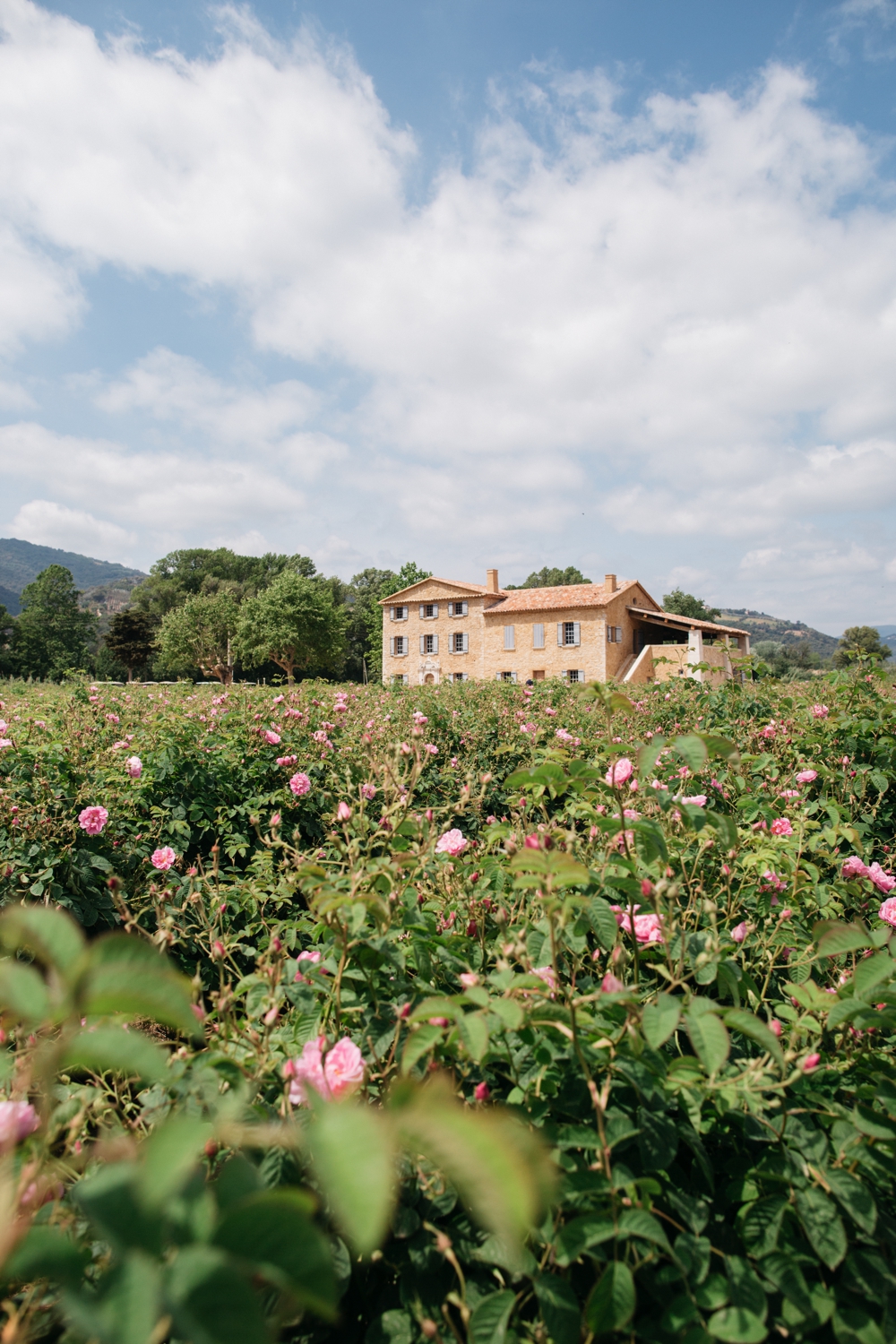
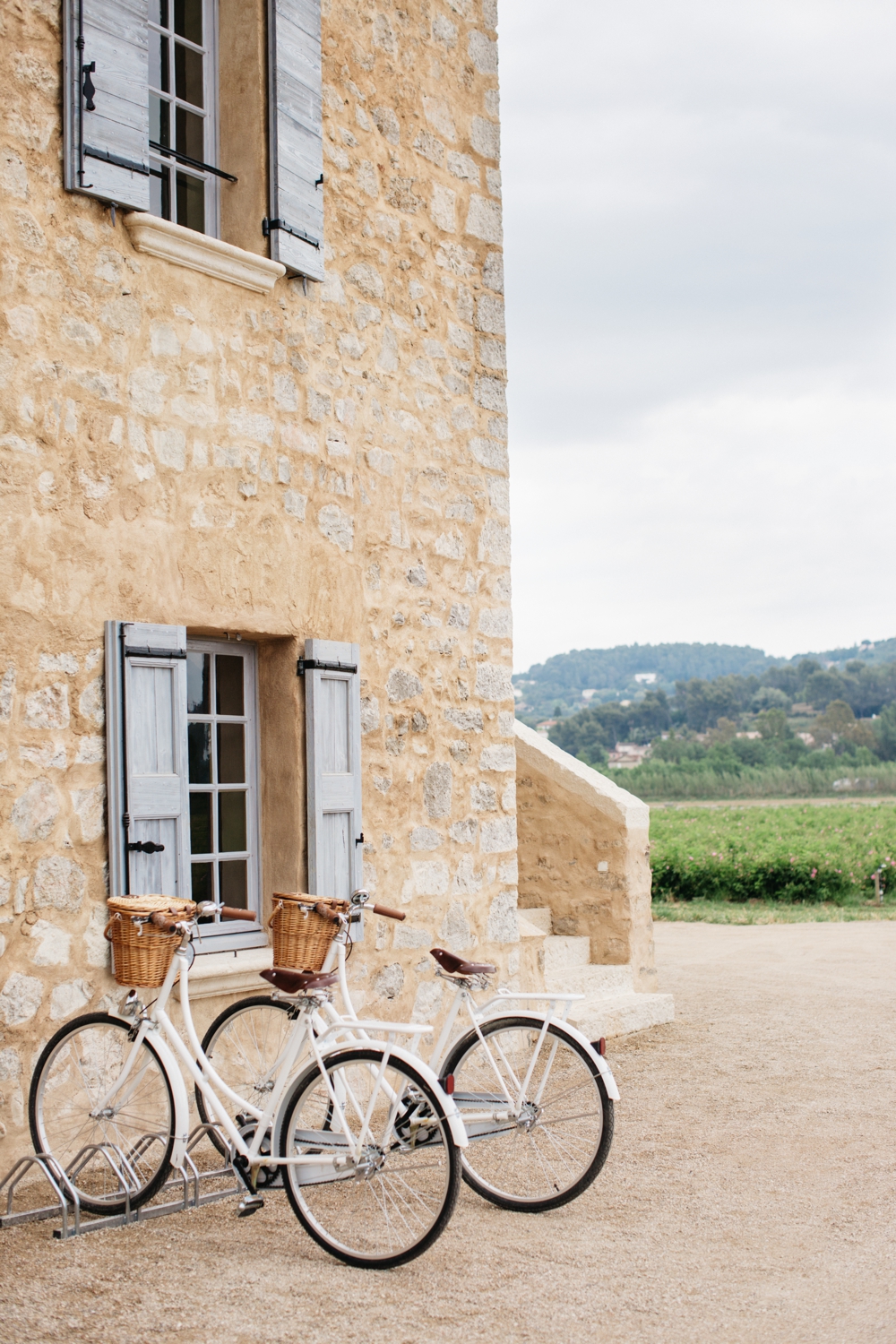
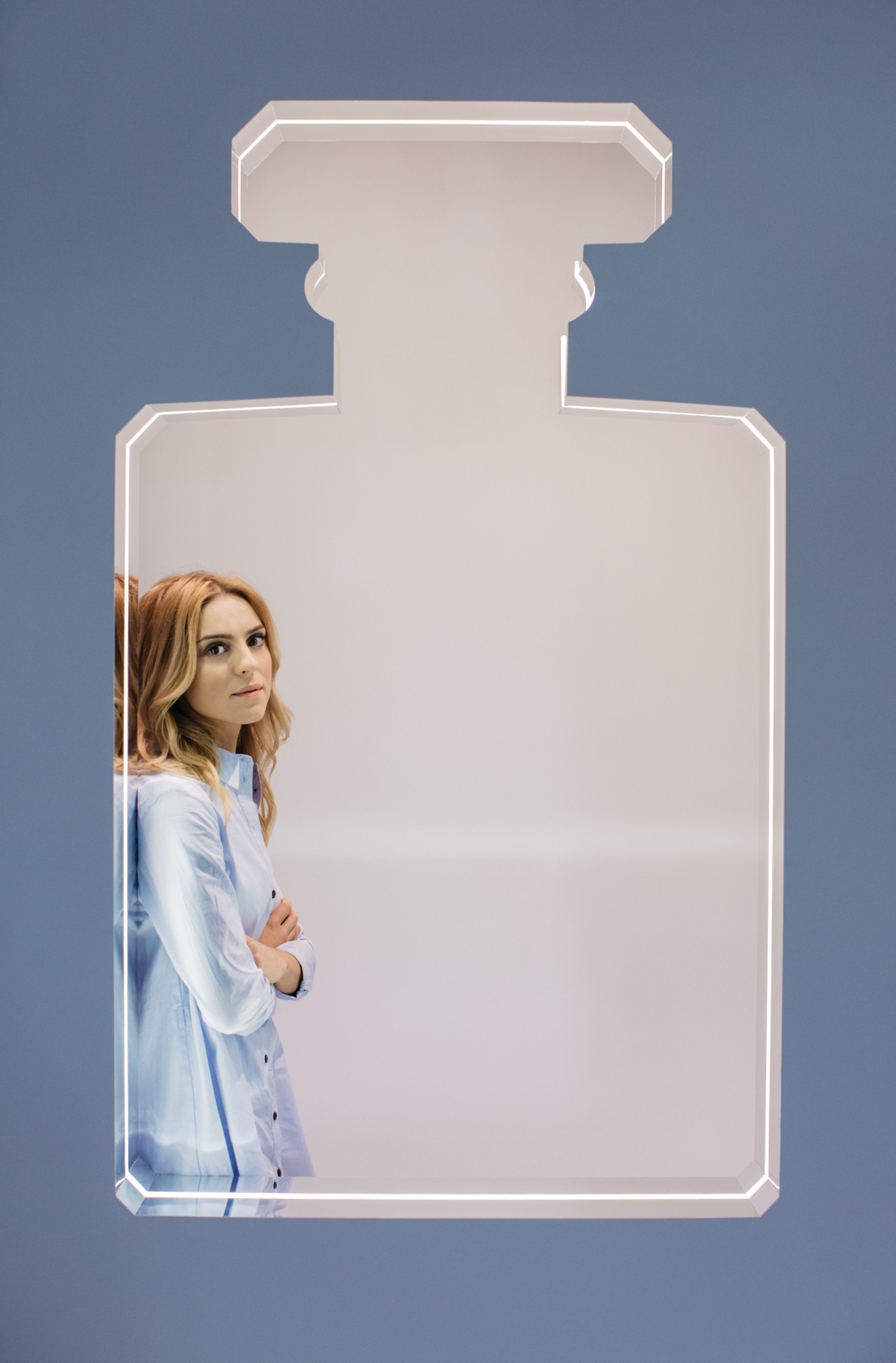
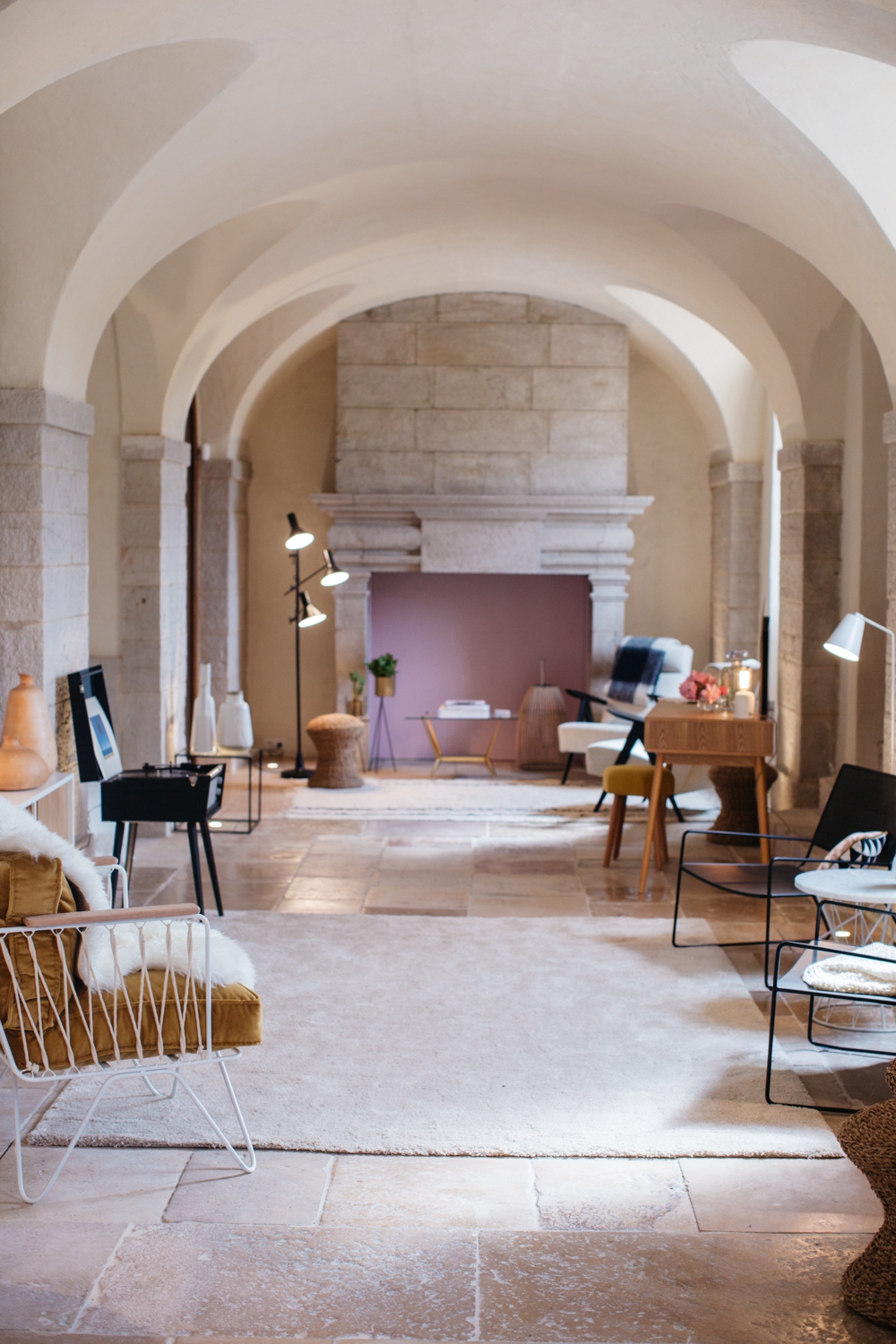
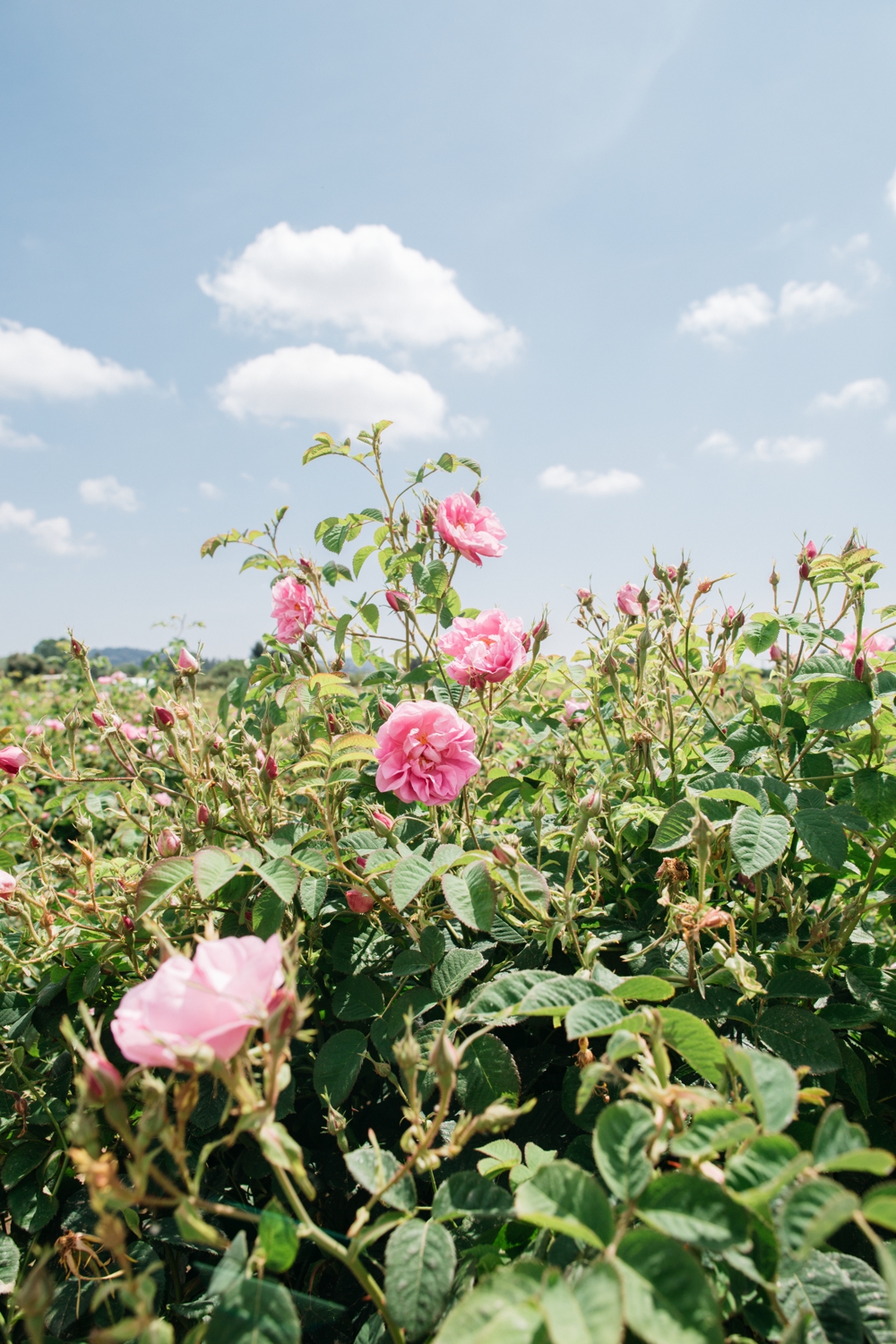
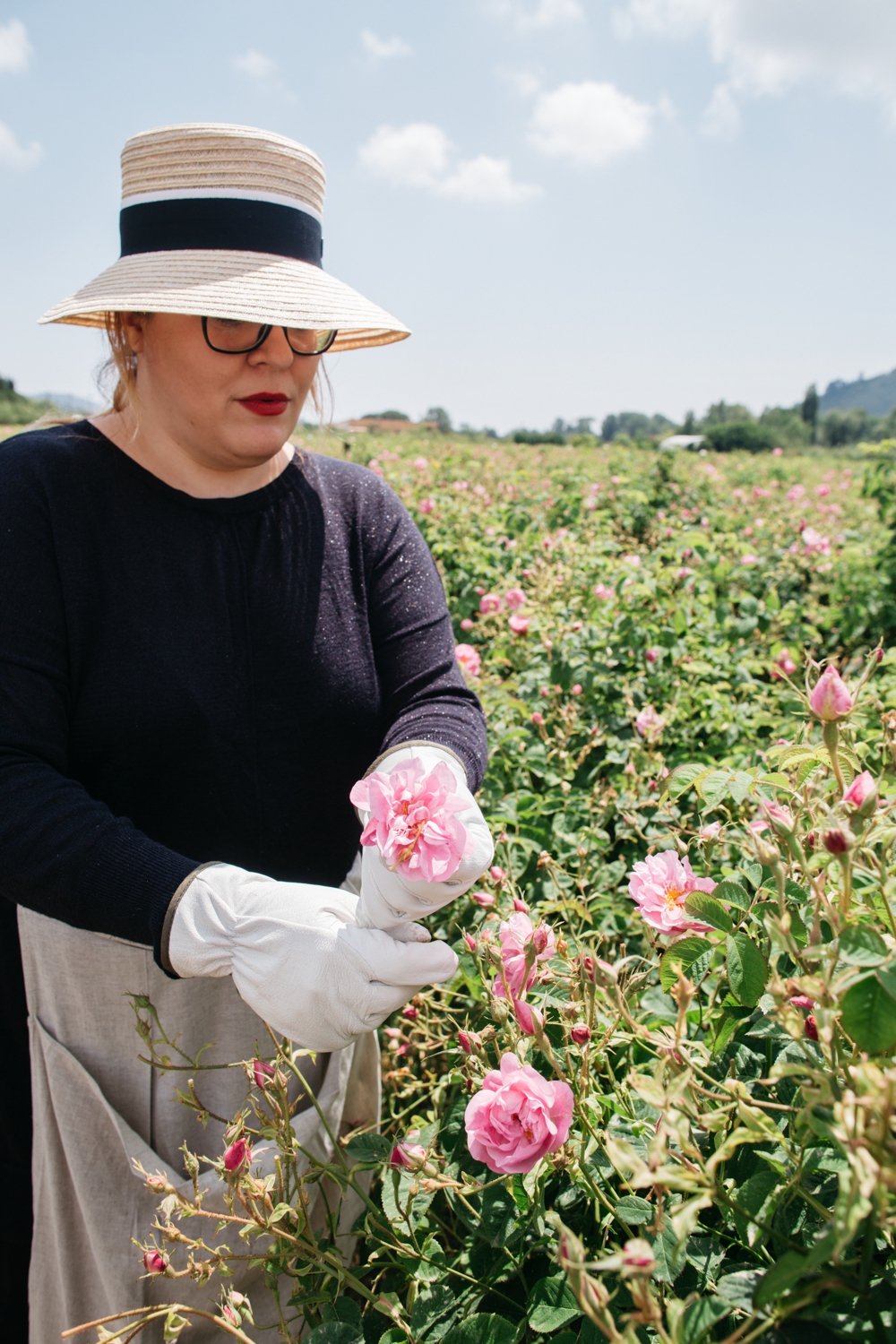
Only the fully opened flowers are gathered. The buds have to wait for their turn for a couple more days.
Zrywane są jedynie rozwinięte kwiaty, pąki muszą poczekać na swoją kolej jeszcze kilka dni. 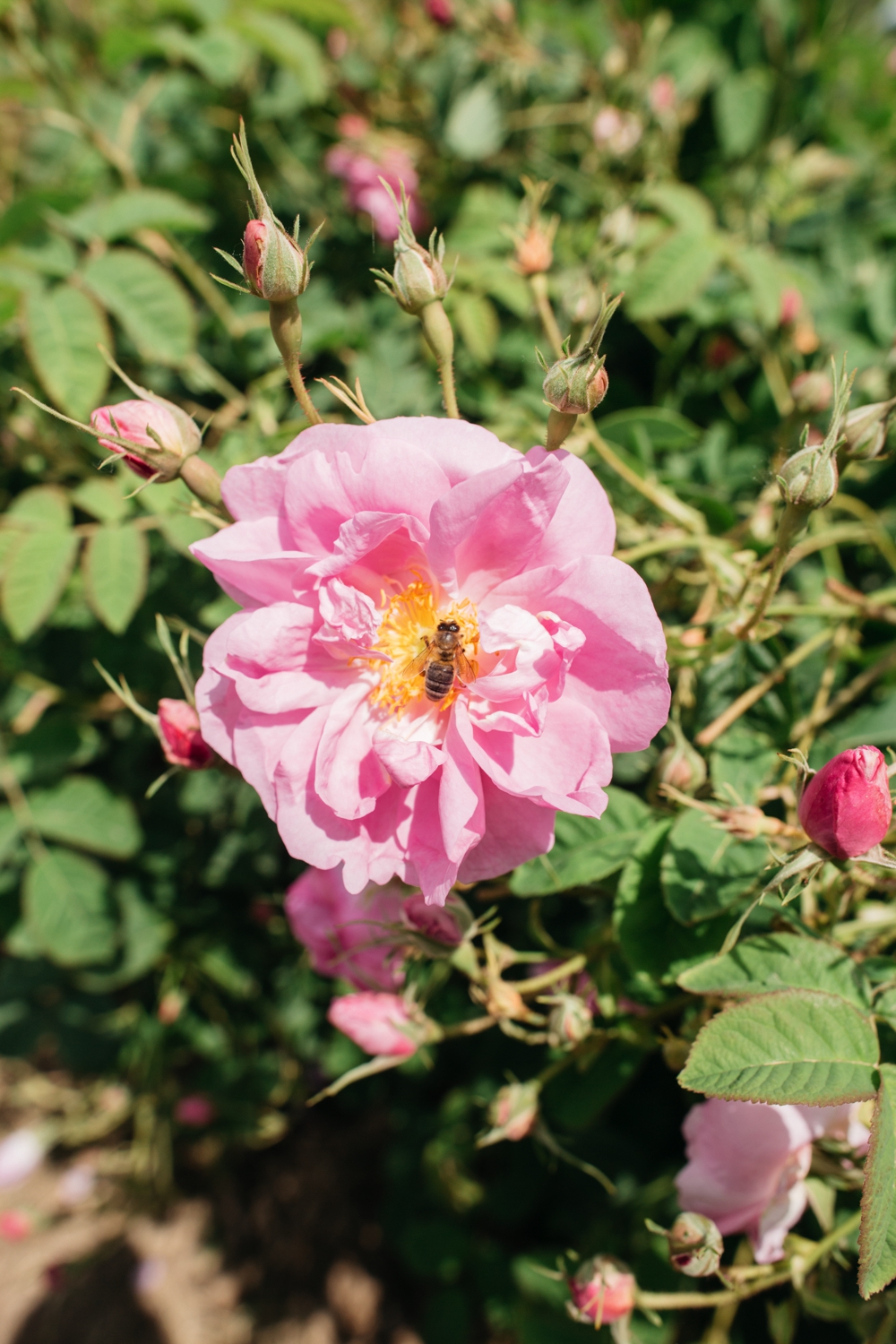
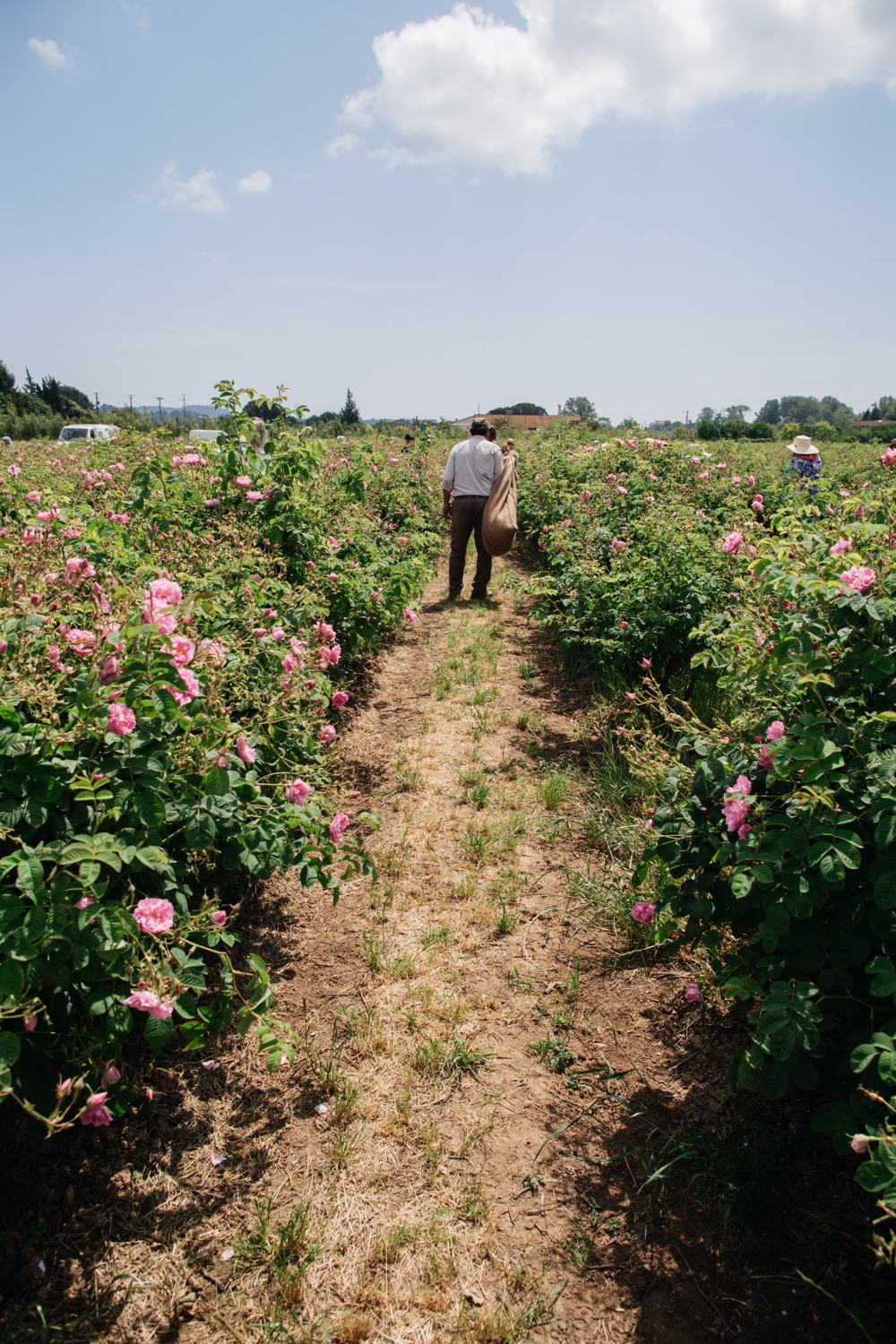
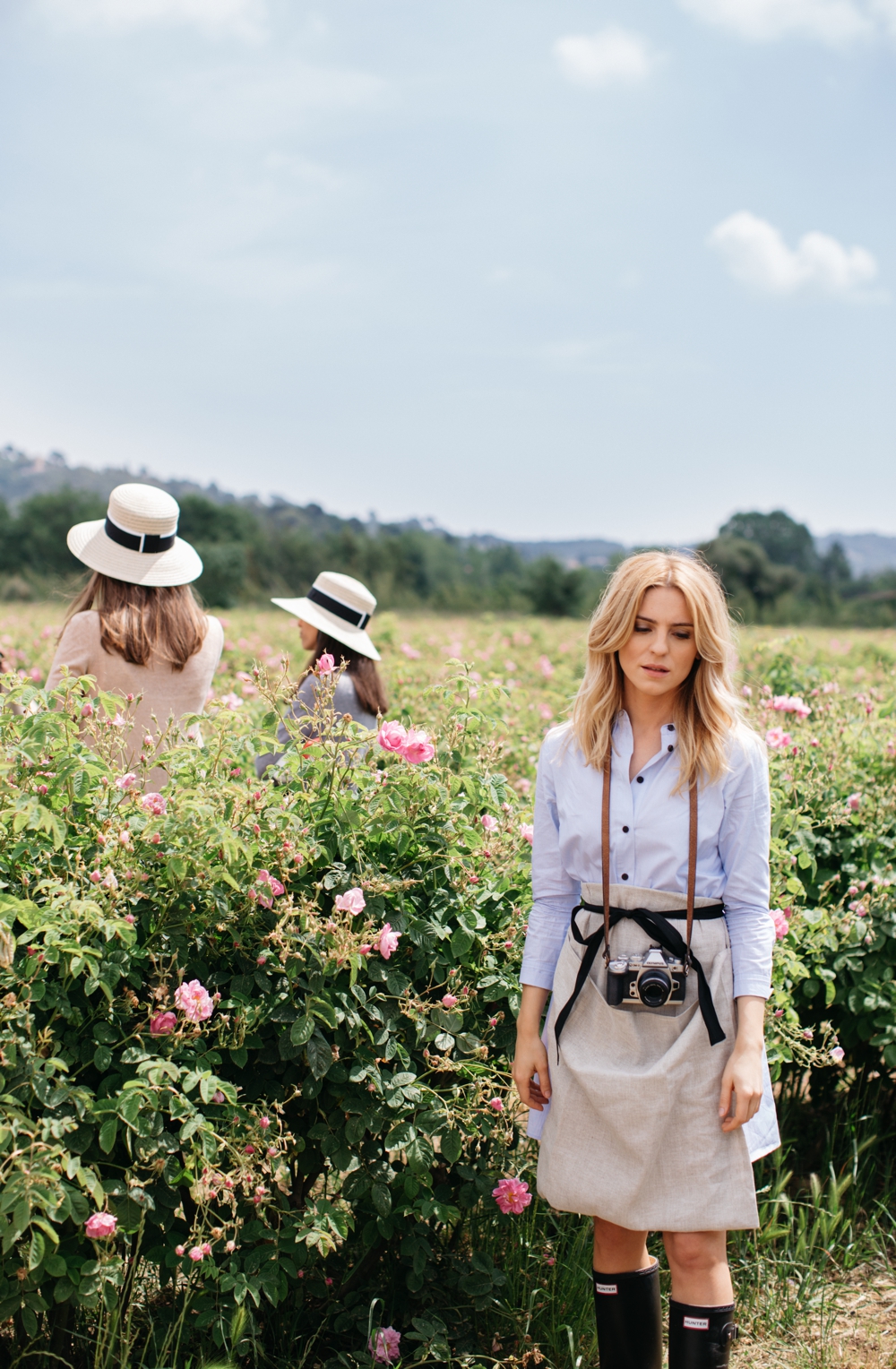
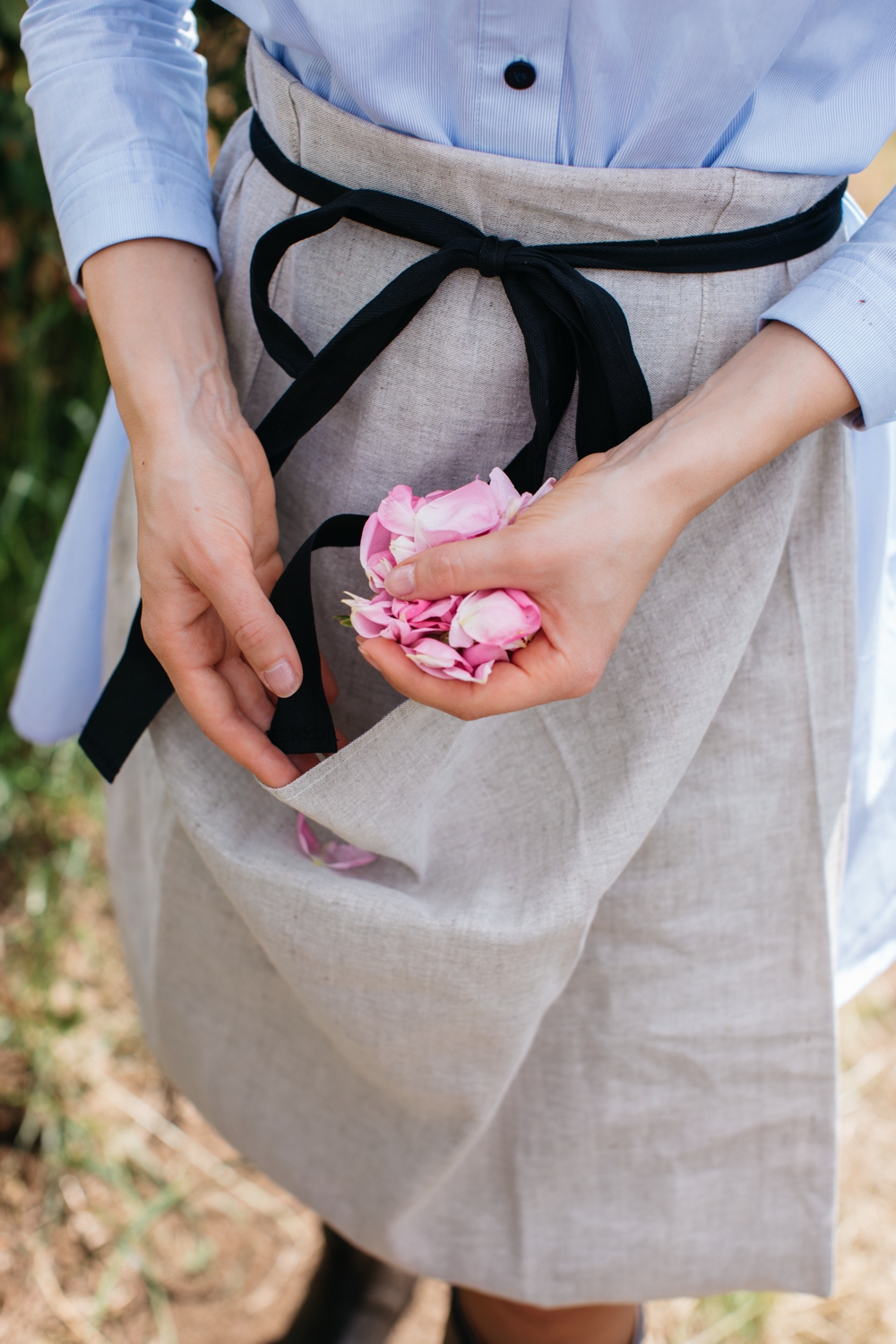
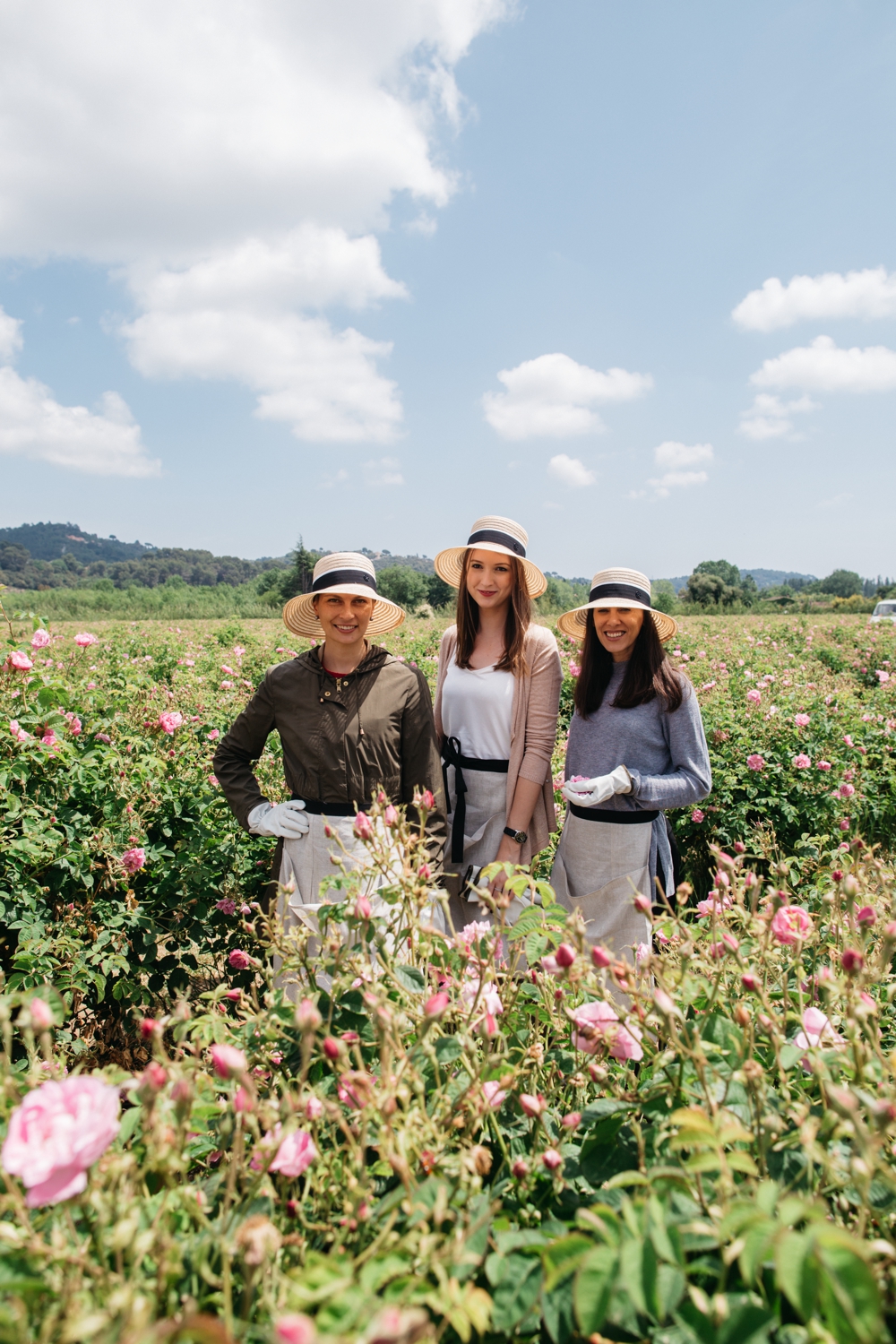
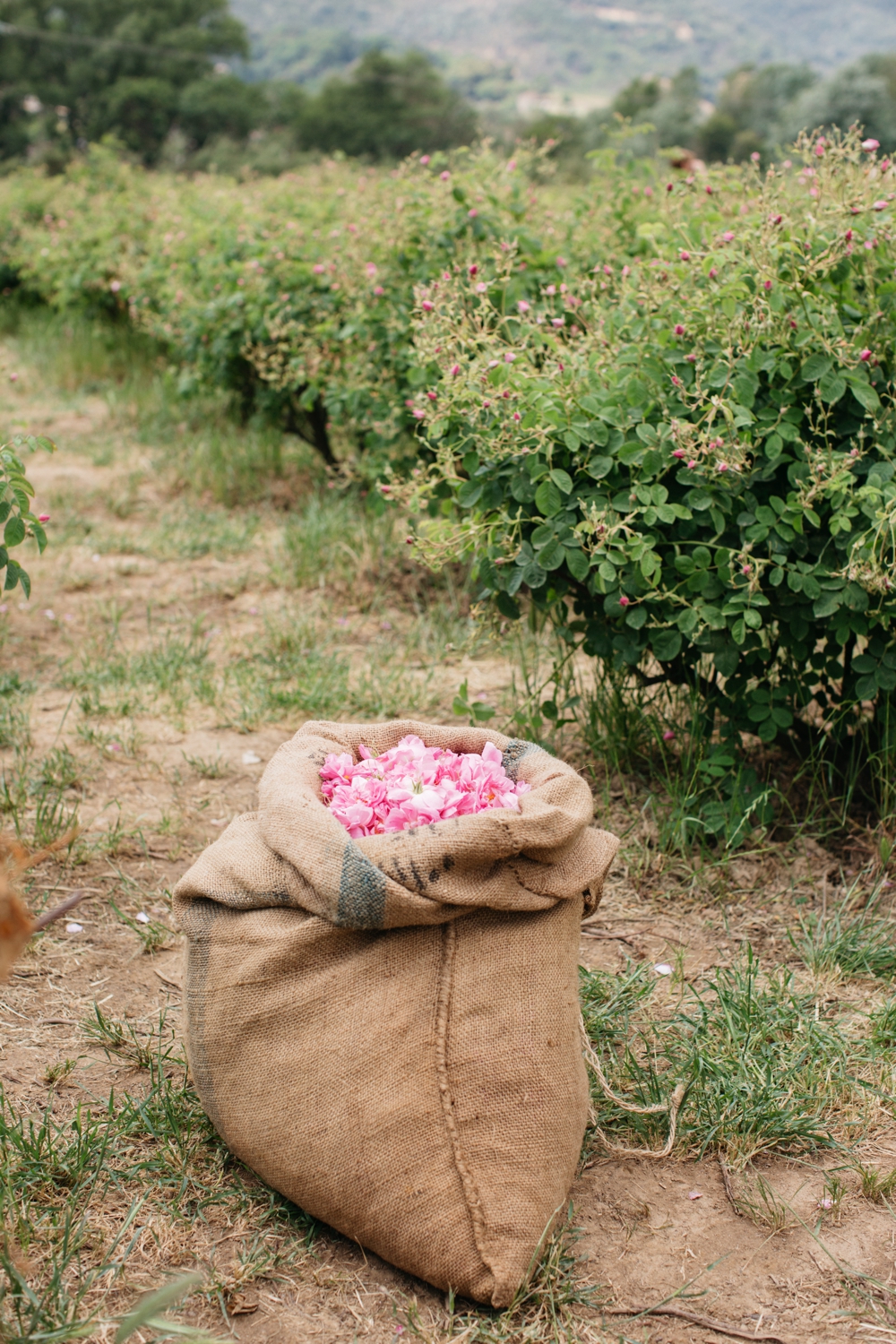
The flowers are transported in linen sacks to a manufacturing plant where the extract is produced.
W płóciennych workach kwiaty są przewożone do fabryki, w której jest wytwarzany ekstrakt.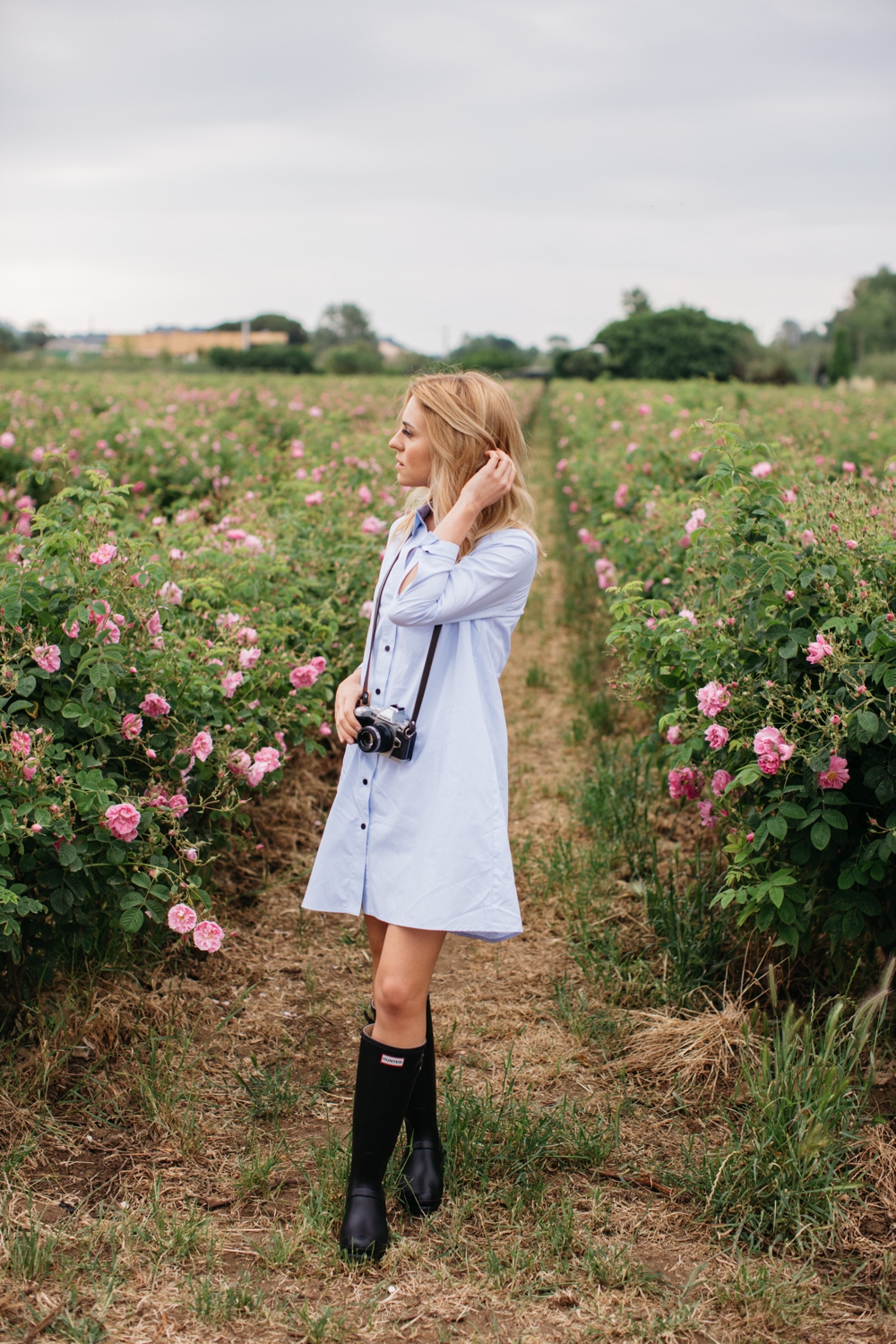
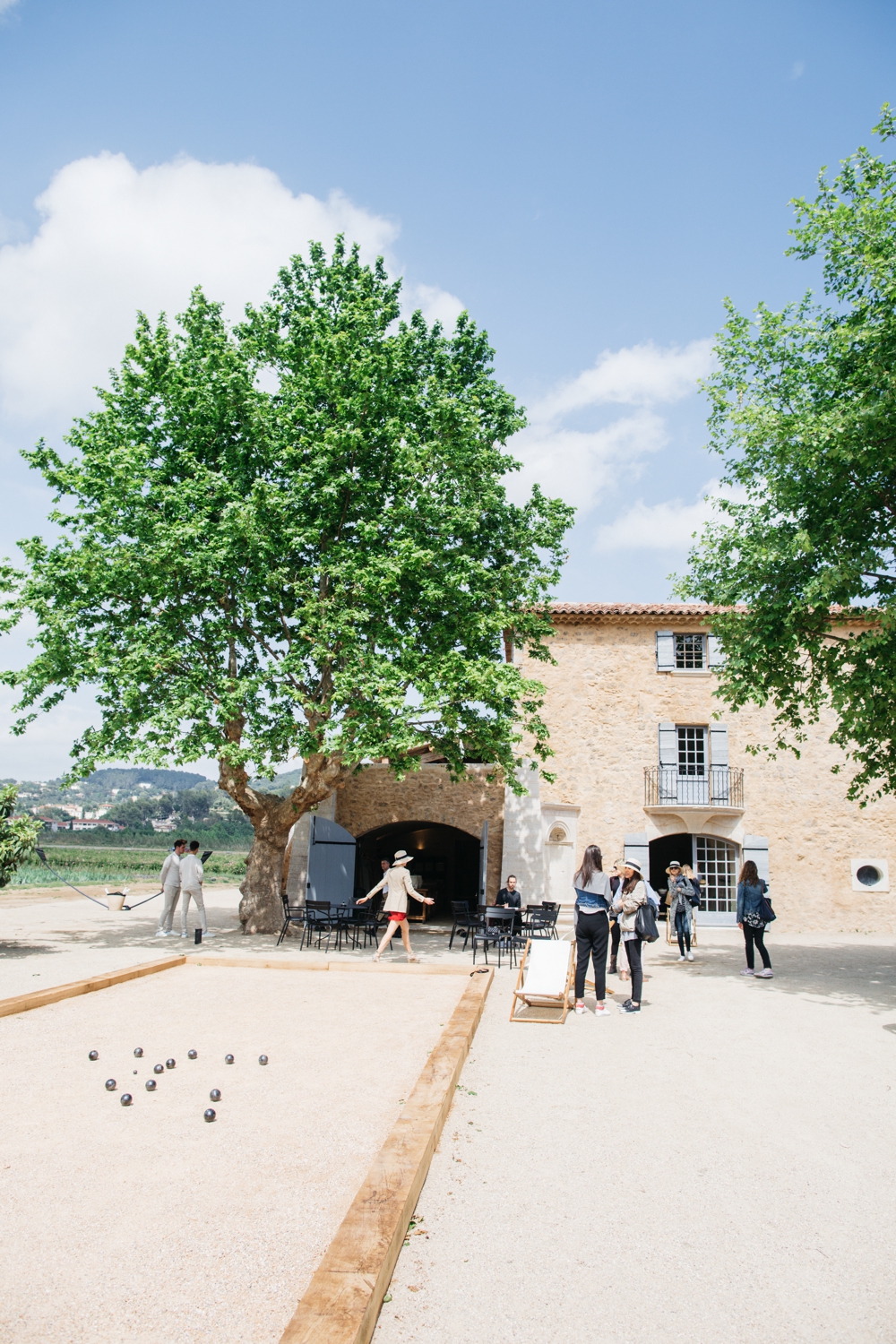
The square for playing boules. You need to admit that it looks really atmospheric.
Placyk do gry w bule. Musicie przyznać, że wygląda bardzo klimatycznie.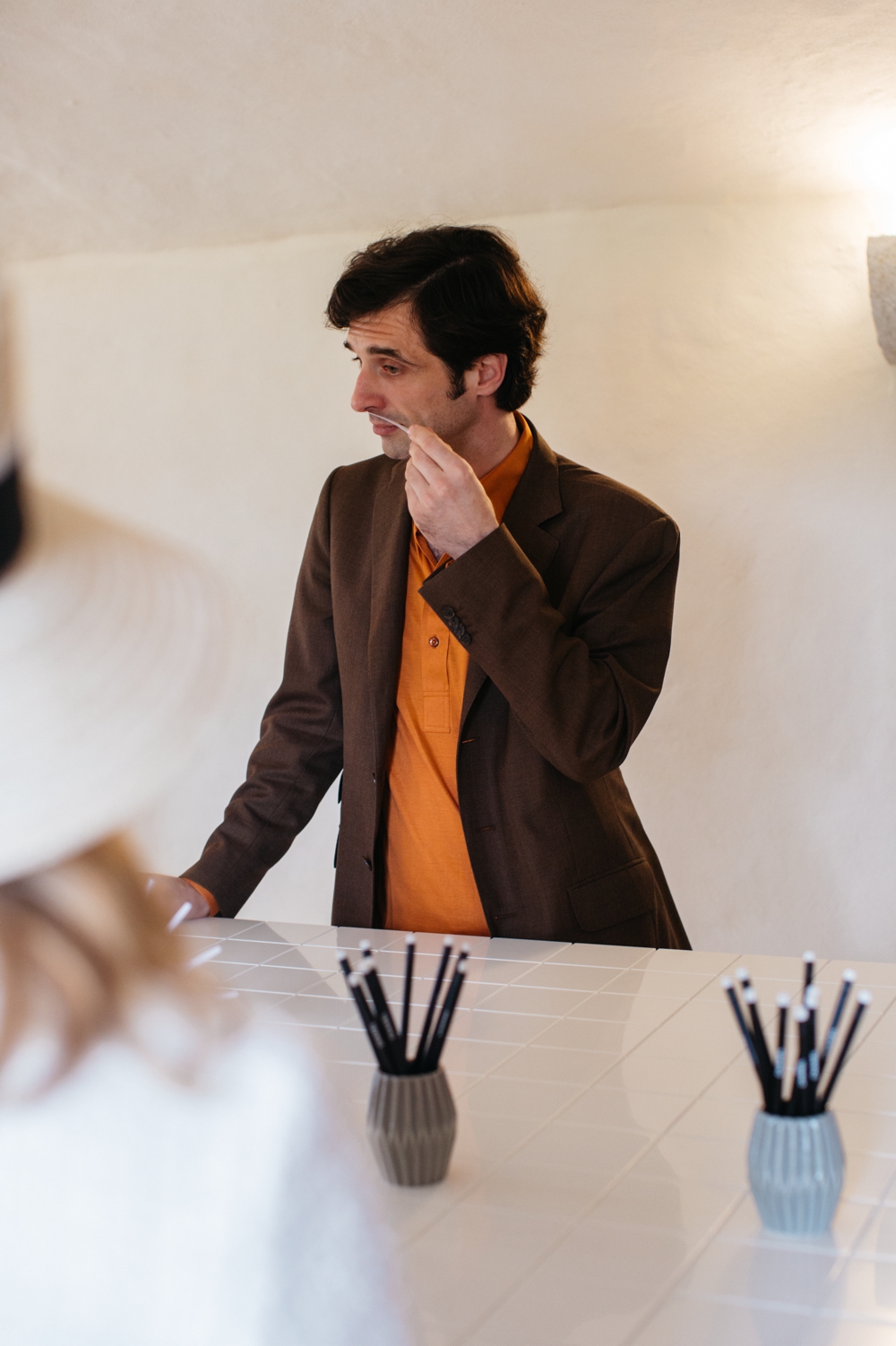
Olivier Polge himself – Chanel’s "nose" responsible for the most famous fragrances released by the brand.
Olivier Polge we własnej osobie, czyli "nos" Chanel odpowiedzialny za najsłynniejsze zapachy marki.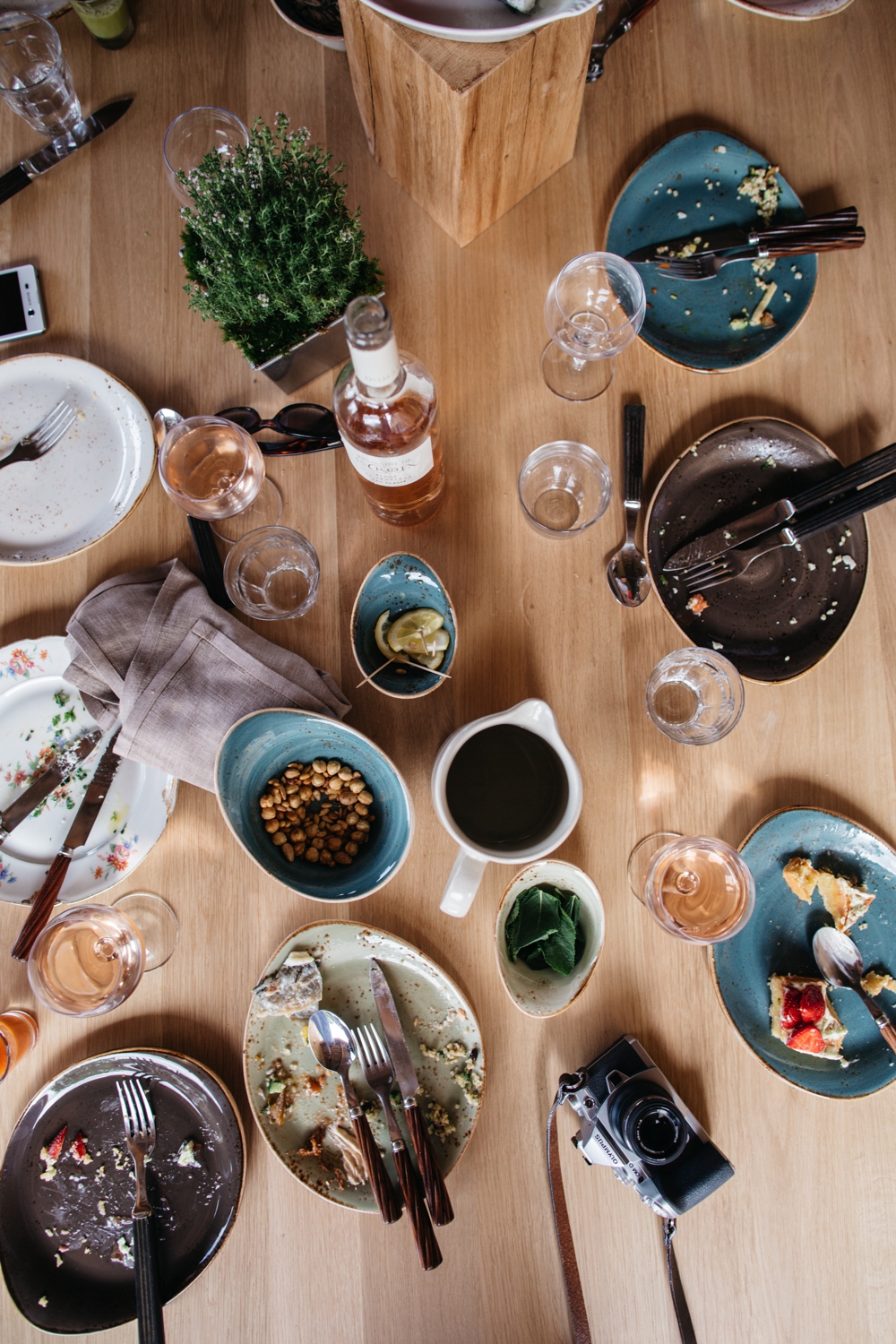
The lunch that was prepared for us had disappeared before I was able to shout "let's take a photo." The menu included, among other options, tart with strawberries and pistachio cream, spicy pasta with eggplant, or anglerfish with a mix of salads.
Lunch, który dla nas przygotowano, zniknął szybciej niż zdążyłam powiedzieć "zdjęcie". W menu można było znaleźć między innymi tartę z truskawkami i kremem pistacjowym, makaron z bakłażanem na ostro, czy żabnicę z miksem sałat.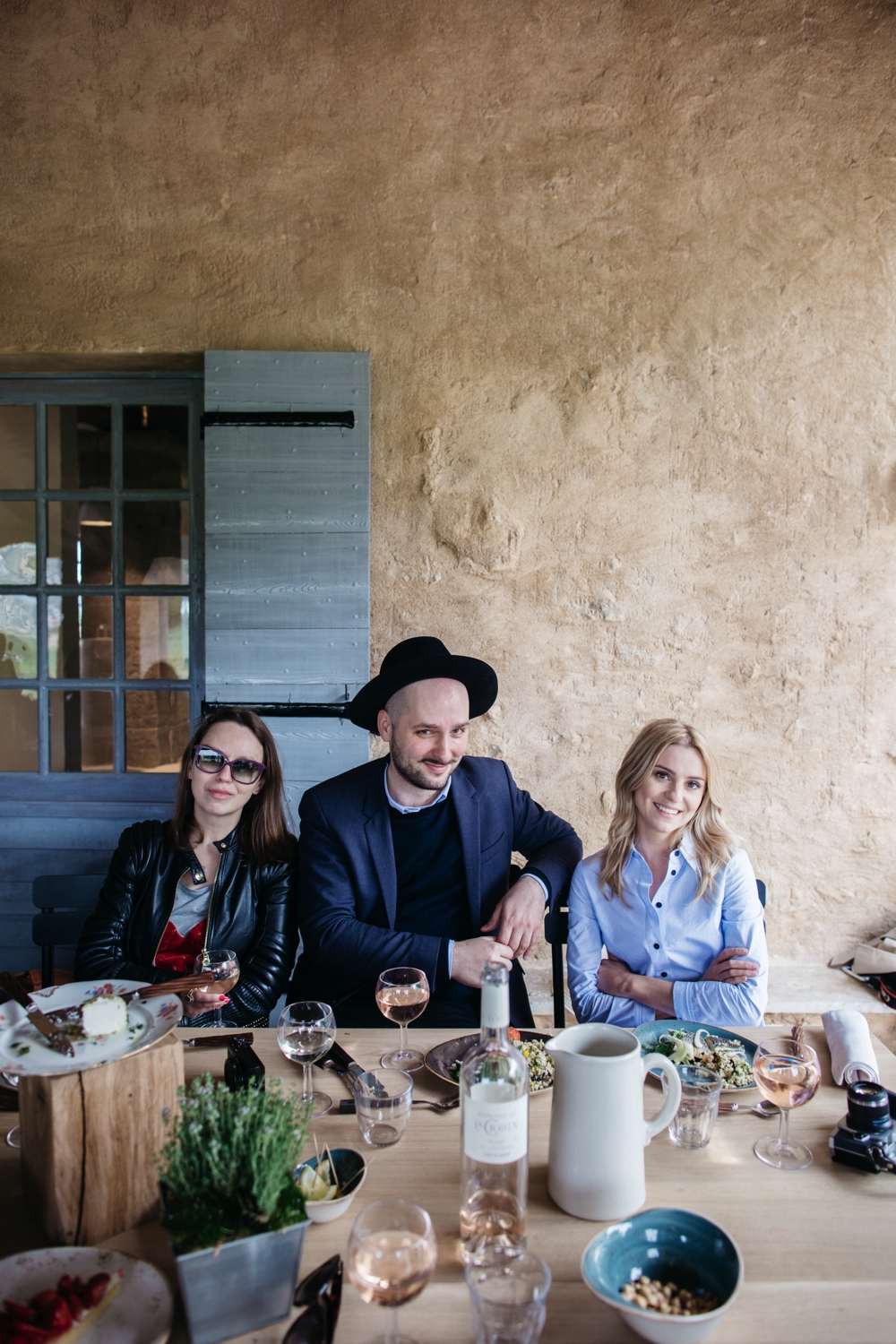
With some of my companions: Ala, the deputy chief editor of Glamour Magazine, as well as Sebastian, the publisher of Monitor Magazine.
Z częścią moich towarzyszy: Alą, wicenaczelną magazynu Glamour, oraz Sebastianem, wydawcą Monitor Magazine. 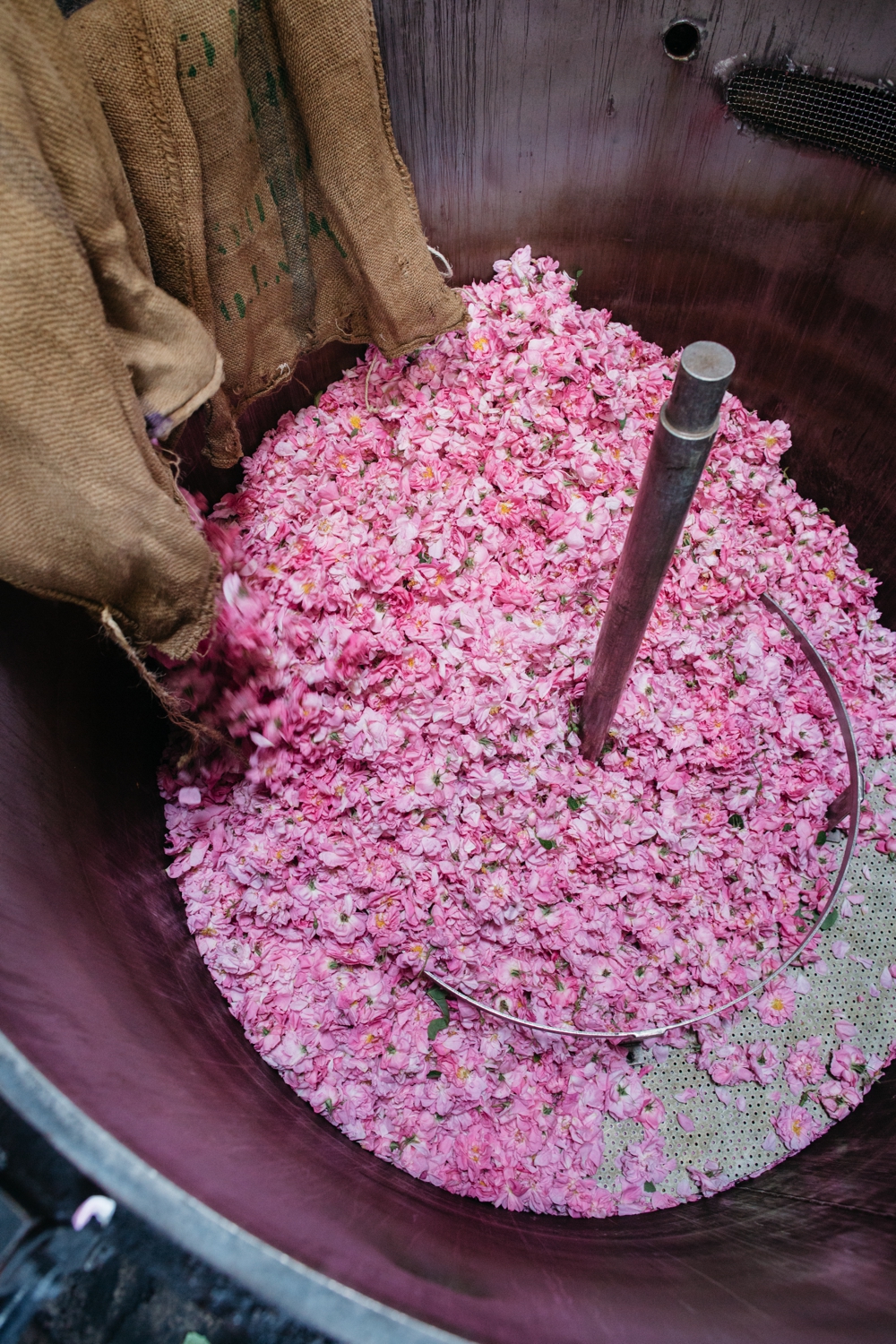
In order to obtain the extract, the roses have to undergo the distillation process. The fragrance is preserved in a dense liquid – the process takes place in this tank resembling a silo.
Aby powstał ekstrakt, róże muszą przejść przez proces destylacji. To w tym pojemniku, przypominającym silos, zapach zostaje utrwalony w gęstym płynie.
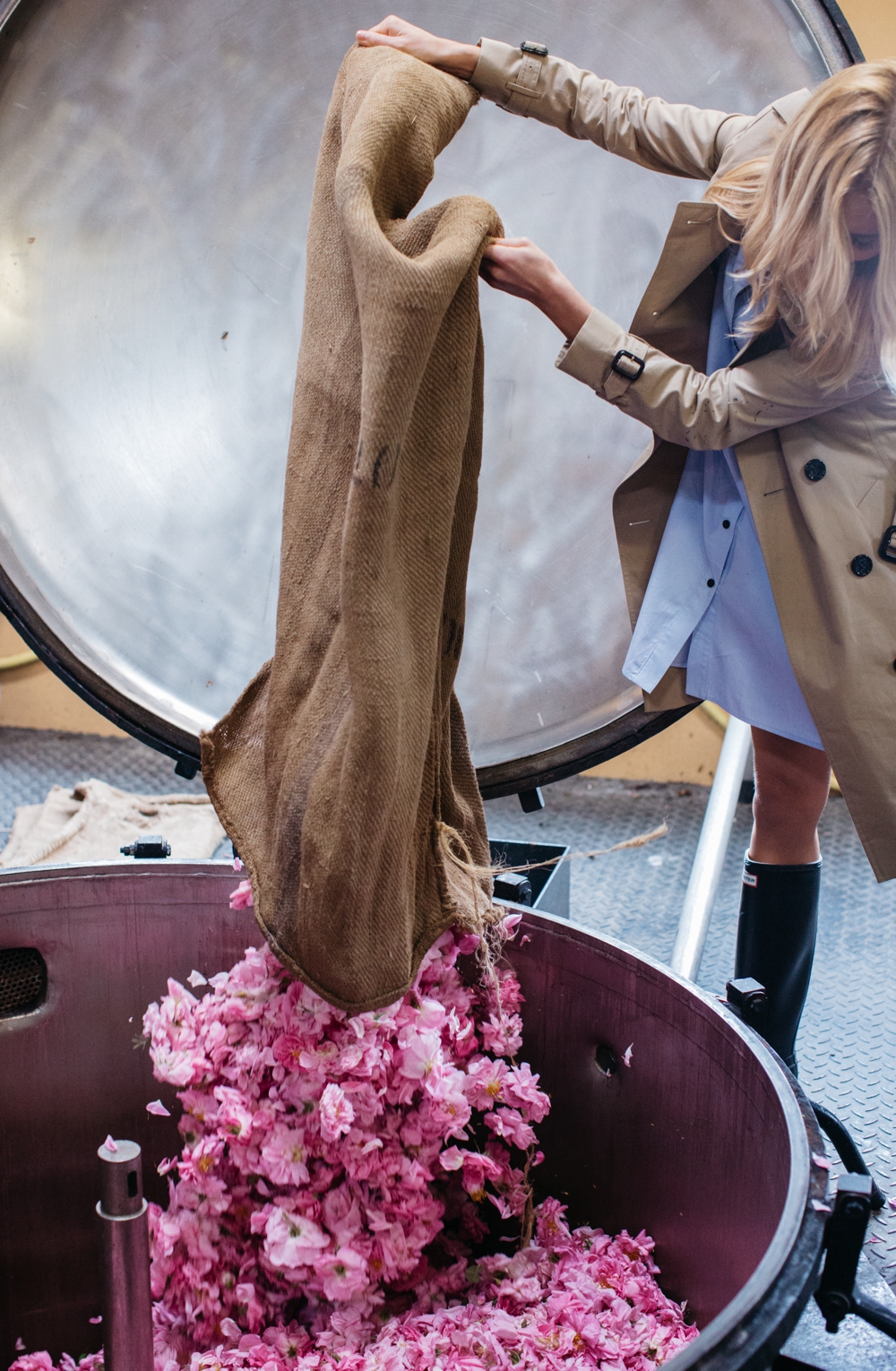
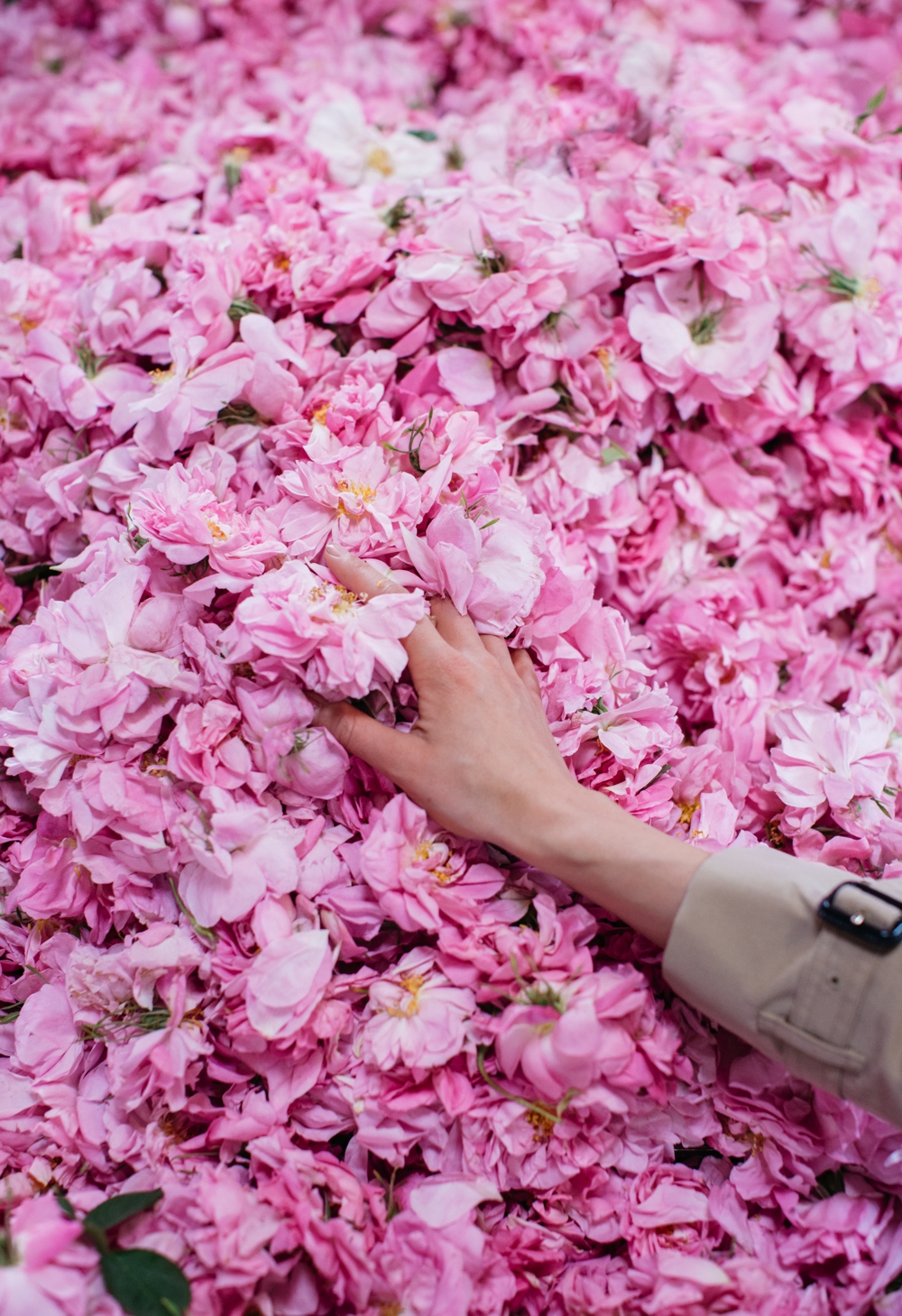
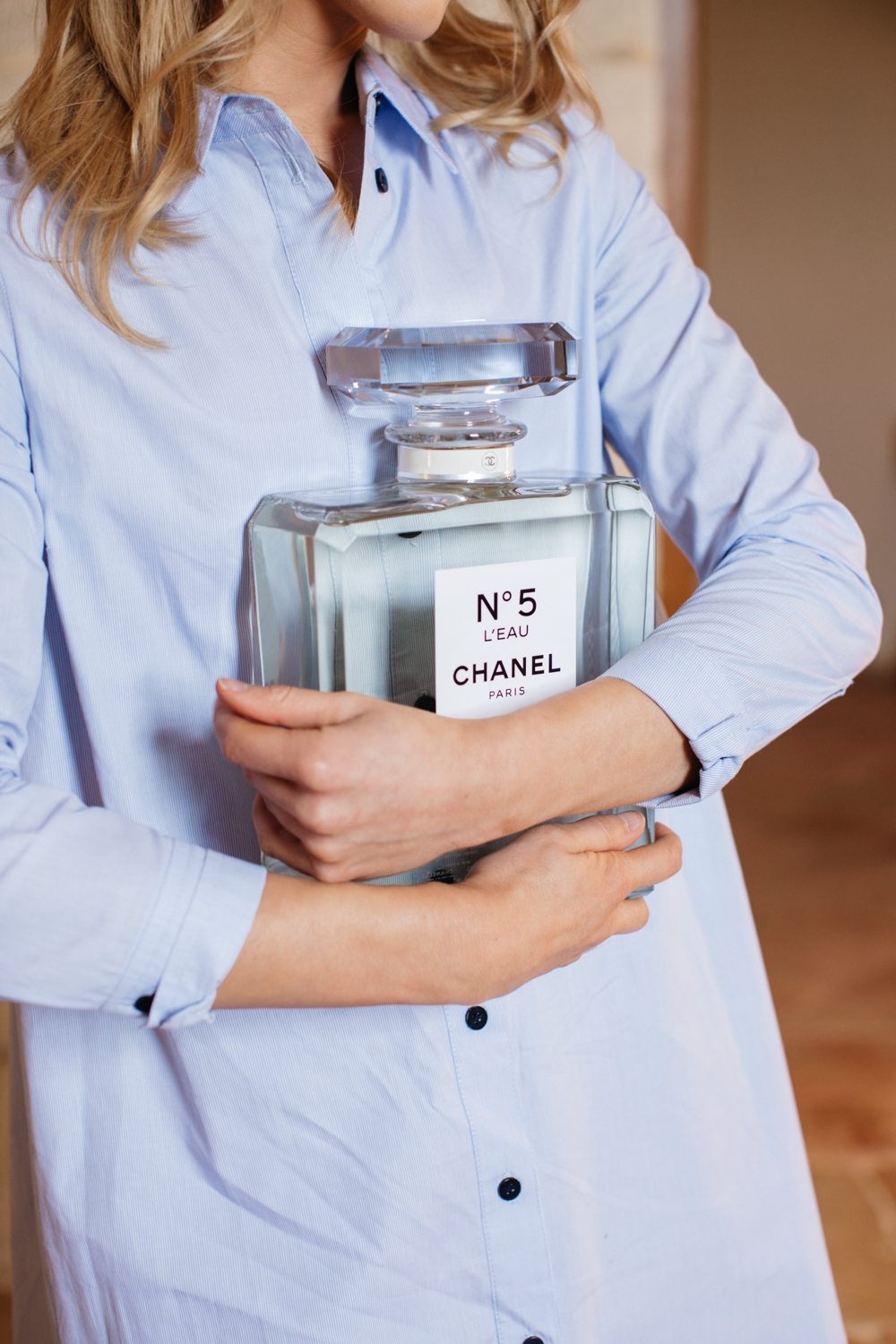 I'm already in possession of the new Chanel Nᵒ5 (as a matter of fact, I had to leave this bottle behind, but I took a smaller version with me). It will be put out on sale in September this year.
I'm already in possession of the new Chanel Nᵒ5 (as a matter of fact, I had to leave this bottle behind, but I took a smaller version with me). It will be put out on sale in September this year.
Nowe Perfumy Chanel Nᵒ5 l'Eau są już w moich rękach (co prawda tę butelkę musiałam akurat zostawić, ale mniejszą wersję zabrałam ze sobą). Do sprzedaży trafią we wrześniu tego roku. 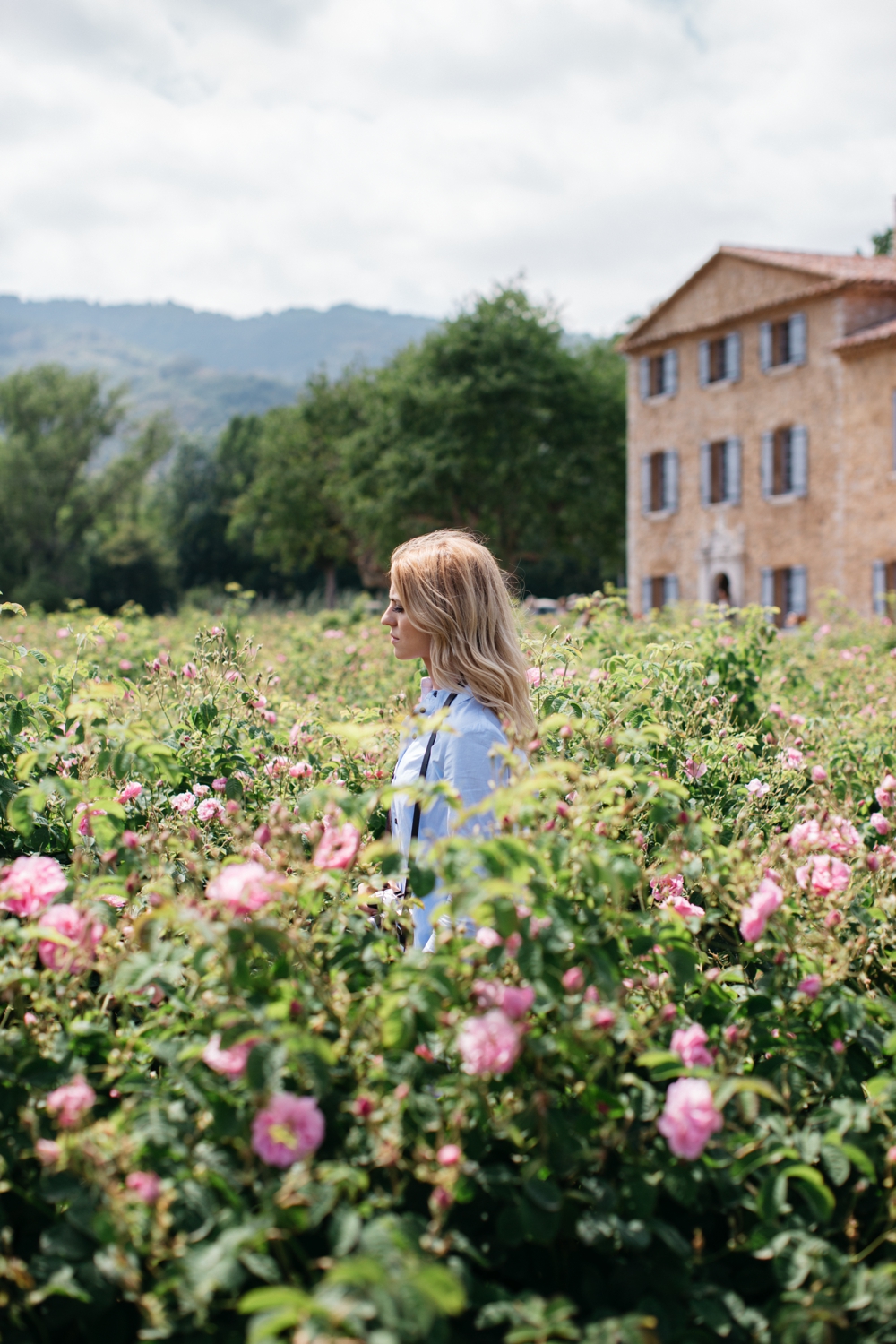







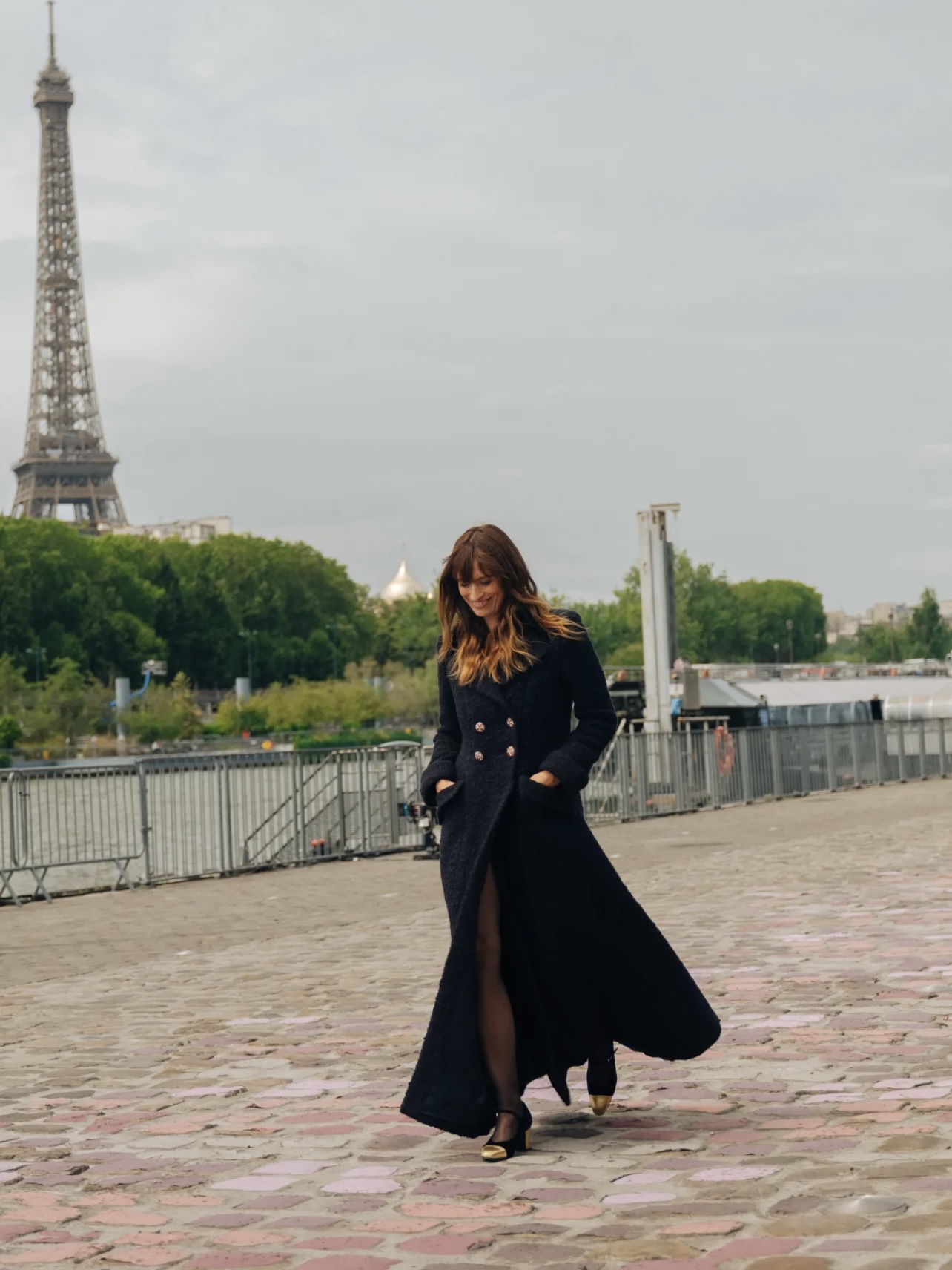
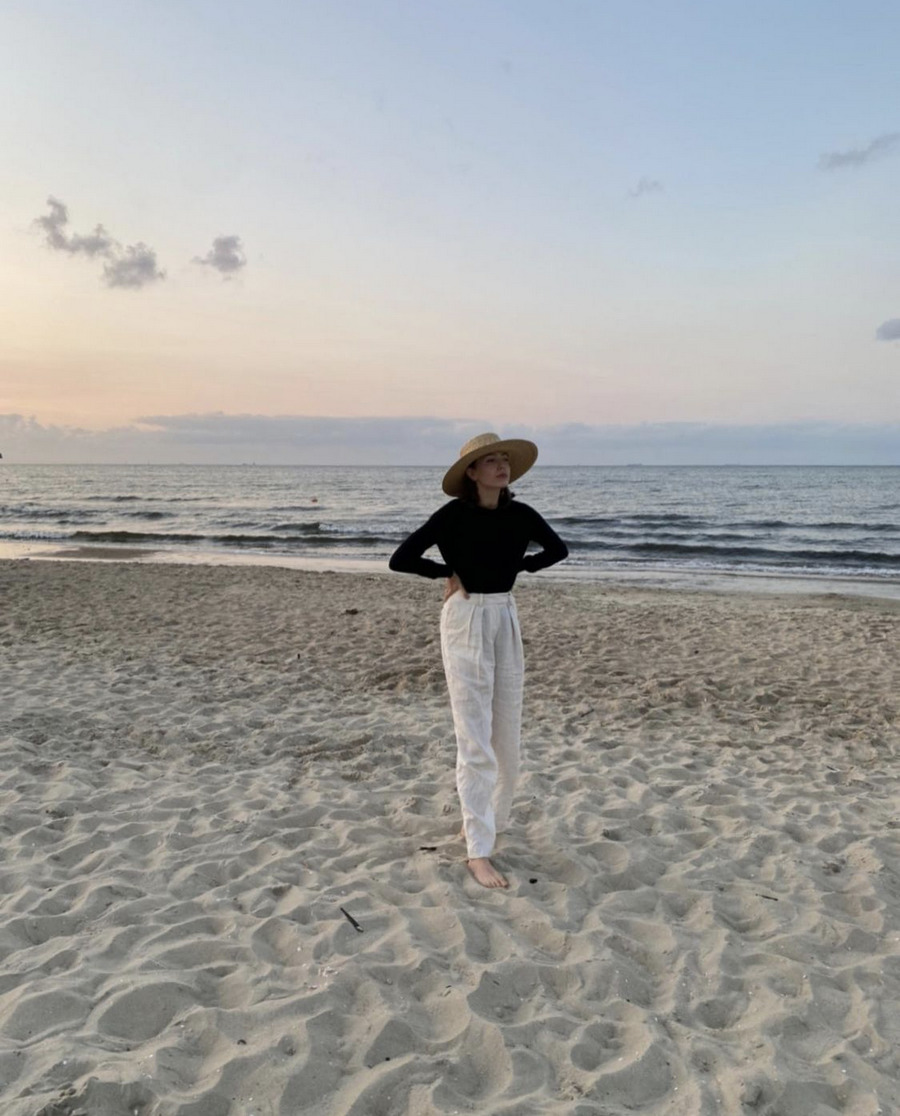
Komentarze